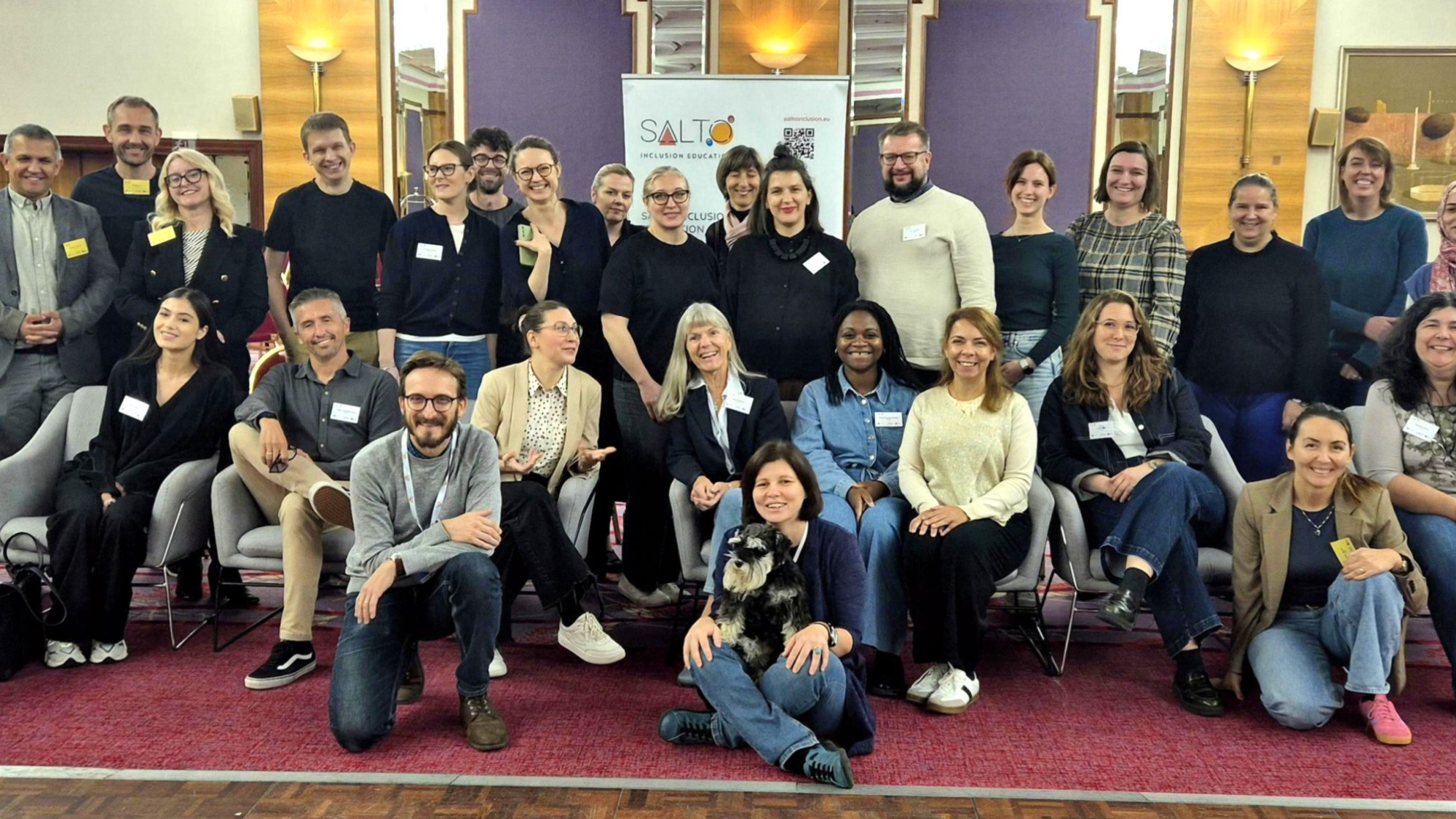From 6 to 8 October in Zagreb, the SALTO Resource Centre for Inclusion and Diversity in Education and Training (SALTO ID ET) organised a training course titled “Getting to Know the SALTO Resources.”
The event brought together more than 20 staff members from National Agencies (NAs) for Erasmus+ and the European Solidarity Corps (ESC) across Europe — including Inclusion and Diversity Officers as well as other NA experts interested in advancing inclusion within education and training.
The main objective of the training was to empower NA staff to confidently apply SALTO’s inclusion tools to foster inclusion and diversity (ID) within their respective areas of work.
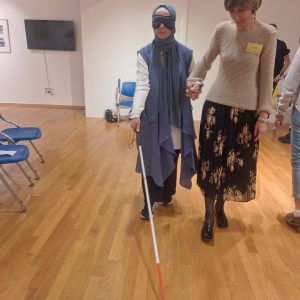
Facilitated by Sunčana Kusturin and Domagoj Kovačić, the sessions used non-formal education methods and experiential learning principles, enabling participants to explore five SALTO ID ET tools through interactive, hands-on activities:
- CLUE – InCLUsive Erasmus+ Tool
- Planning of Inclusive Events
- WATCH IT! – Web Accessibility Tool and Checklist: Implementation and Tips
- How to Establish a Network of Inclusion and Diversity Ambassadors?
- Establishing the Role of an Inclusion Officer in a Higher Education Institution: A Practical Guide
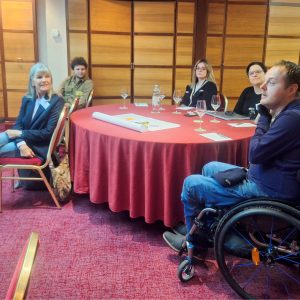
Upon completion, participants reported increased confidence in applying these tools in their daily work — from organising inclusive events and creating accessible web content to supporting beneficiaries in addressing inclusion within their Erasmus+ projects. They also enhanced their capacity to assess inclusion efforts in projects and to promote and disseminate SALTO tools to strengthen ID efforts in their respective fields.
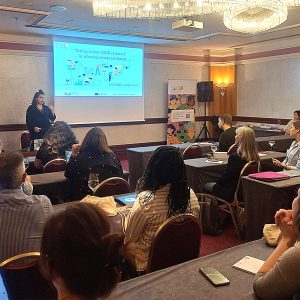
The event was opened by Ms. Lidija Živković, Head of SALTO ID ET, and featured sessions with several external experts and practitioners, including four Croatian Inclusion and Diversity Ambassadors:
- Ms. Brigita Jerić (Slava Raškaj Centre for Education)
- Prof. Tomislav Pavlović (Velika Ludina Primary School)
- Prof. Lelia Kiš-Glavaš, PhD (Faculty of Education and Rehabilitation Sciences, Zagreb)
- Prof. Mladen Tota (Čakovec High School)
- Prof. Dejana Varnica (Primary school J. Matoš, Vukovar)
Particularly valuable contributions came from resource authors and experiential experts from the field as representatives of civil society:
- Mr. Antonio Vicković (Centre Up2Date) co-led the session on web accessibility.
- Prof. Ivana Majcen (ID Officer, CMEPIUS Erasmus+ Slovenia), author of the CLUE tool, presented its practical application.
- Mr. Marijo Glibo (Centre Up2Date and Theatre of the Blind and Visually Impaired) and Mr. Roman Baštijan (Croatian Union of Youth and Students with Disabilities) facilitated activities on inclusive event planning and implementation.
- Mr. Martin Bogdan (ACA- Academic Cooperation Association), as author, presented of the Establishing the Role of an Inclusion Officer in a Higher Education Institution: a Practical Guide
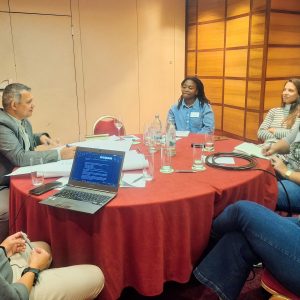
In the informal part of the programme, participants visited Zagreb’s Typhlological Museum, where they experienced an interactive guided tour highlighting the needs of visually impaired persons. The group also visited URIHO, a large centre for professional rehabilitation and employment of persons with disabilities, concluding the visit with a dinner prepared by URIHO employees.
